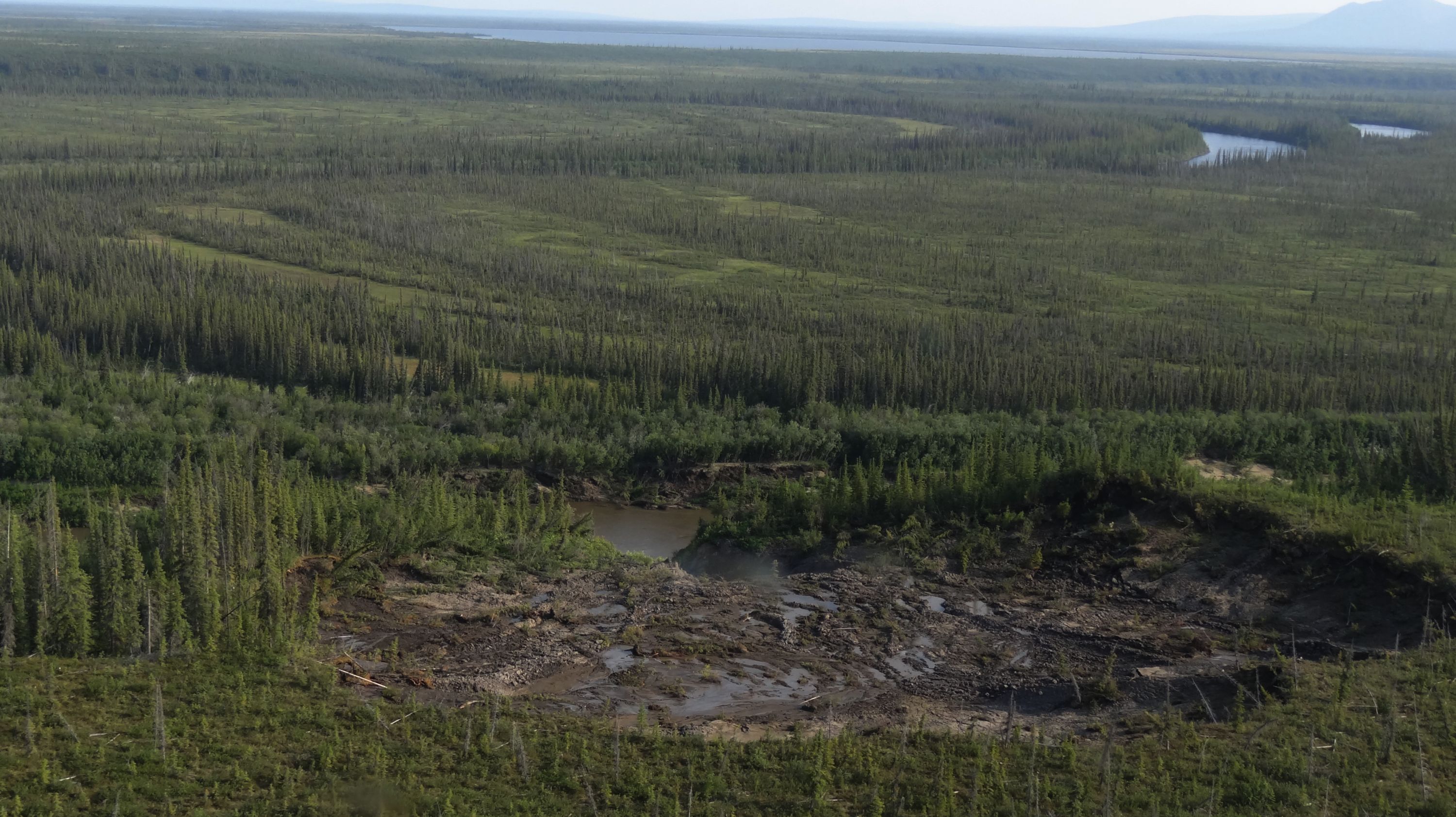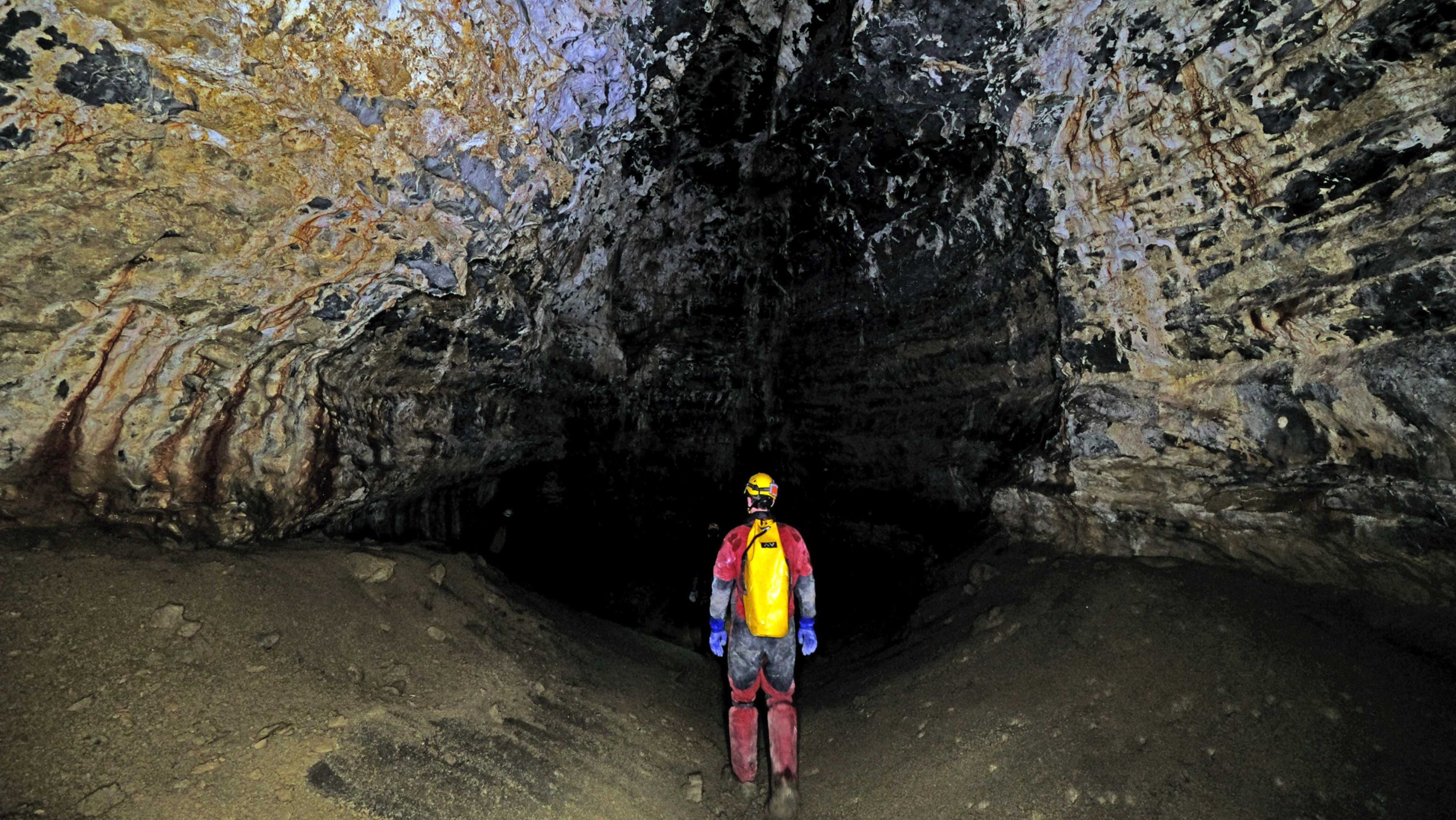Geoscientists have uncovered surprising results that reveal a complex history of ancient permafrost thaw—with implications for understanding the effects of permafrost thawing and climate change in the Canadian Arctic today.
“Permafrost is really a geological expression of climate, so permafrost response to past periods of global warming is like a natural experiment for what we might expect in a future, warmer Arctic,” said Alberto Reyes, associate professor in the University of Alberta’s Department of Earth and Atmospheric Sciences.
Permafrost warming is already occurring in the Arctic and is a source of concern for Earth’s environment. In addition to being a telltale sign of a changing climate, permafrost is carbon-rich. As it thaws, this carbon can be released into the atmosphere—further accelerating the climate change process.

The research team looked at the age of 72 Canadian cave deposits in Arctic and Subarctic Canada to date periods of past permafrost thaw, then compared thawing permafrost with ancient levels of carbon dioxide in the atmosphere, with surprising results.
“There is a lot of concern that climate warming could lead to substantial release of greenhouse gases from thawing permafrost,” said Reyes, who is a co-investigator at the Permafrost Archives Science Lab in the Faculty of Science. “We were really surprised in this study to see that ancient atmospheric carbon dioxide concentrations don't seem particularly sensitive to different magnitudes of Arctic permafrost thaw during past Pleistocene warm periods.”
This lack of a historical rise in atmospheric carbon dioxide despite the melting permafrost in the Pleistocene might be caused by three factors proposed by the research team.
“First, unlike the rapid warming today, more gradual climate changes of the past may have released permafrost carbon slowly enough to have been offset by other natural carbon sinks,” said Reyes. “Second, there might not have been as much carbon stored in the permafrost in the past as today.”
Finally, Reyes explained, the caves the research team studied are on exposed hill slopes that were likely among the first parts of the landscape to thaw—making it possible that the thick accumulations of carbon-rich permafrost in valleys remained frozen even as exposed ground thawed and cave deposits formed.
To fully understand the connection, however, the research team will need to gather more data in future studies.
“We need to find different kinds of ancient permafrost to get a more complete picture of how carbon-rich permafrost responded to these Pleistocene warm periods,” said Reyes. “Our study shows that there's still much we don't know about long-term interactions between climate, permafrost and greenhouse gases. So it will be important to work with the climate model community on simulating these interactions during past warm periods.”
The study, “Increasing Pleistocene permafrost persistence and carbon cycle conundrums inferred from Canadian speleothems,” was published in Science Advances.
